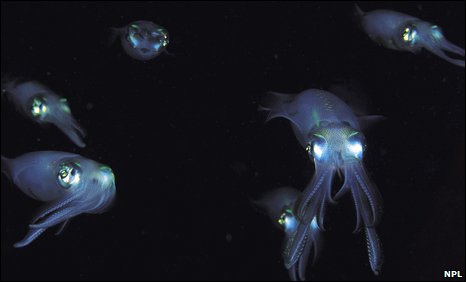
© CBSA man shovels his driveway after a major hail storm pounded Washington Township, N.J. on June 15, 2009.
Washington Township, N.J. - Parts of New Jersey were pummeled by a massive hail storm on Monday afternoon, leaving it looking as if a June blizzard blew through with inches of dime-sized pellets piling up.
Washington Township residents were seen on their driveways breaking out the snow shovels and officials sent out bulldozers to act as snow plows to clear the streets after severe thunderstorms pounded the region. Children were seen forming hailballs.
CBS 2 HD's Christine Sloan was in Washington Township and spoke to stunned residents. This as the snow and ice piled up around them.
It was a day for snow boots and a jacket as several inches fell in what's being looked at as one freak storm.
Plowing snow, ice, whatever you want to call it on a street in Washington Township in June. It wasn't an understatement to say folks in the neighborhood were shocked.
"Never in my lifetime, never," Karen Yates said.
Neighbors who found themselves shoveling all Monday afternoon, said the hail started coming down fast and furious at around 2:30 p.m. Yates caputred much of storm on video, including the ice river that ran down the middle of her street.




Comment: This is a very good article until the last five paragraphs. The worldwide global warming psychological conditioning cannot be threatened by any piece of evidence that may counter the chosen agenda. It should be pointed out that the data shows the planet has been globally cooling for at least 7 years and possibly as much as 10-11 years. (Link), (Link), (Link).
The possibility and even high probability given the data that what lies ahead is more frequent delayed springs in the north due to cooling is not even mentioned.
But, dut da da dah... Global Warming is the cause of course! Of course. And if there were less snow and earlier springs it would be of course - you got it - global warming. And it would be expected regardless. If such oscillations increase and spread south and crops fail and there are fuel shortages, it will be because of global warming. This last paragraph is just plain insulting. How are the people to understand anything when the spokes people are so utterly wrong?
We will have to see what the next few years bring us.